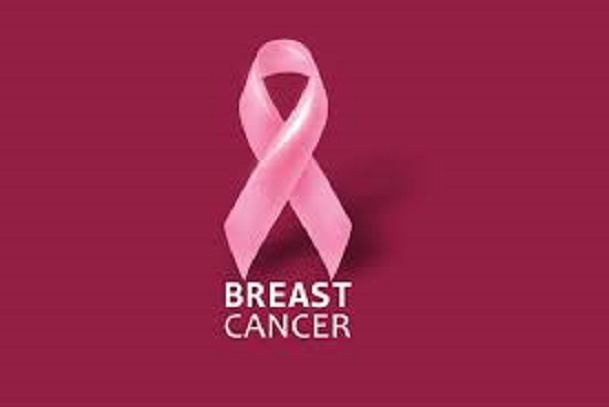 Wash your hands regularly and wear a face mask.
Learn more
Wash your hands regularly and wear a face mask.
Learn more

Breast Cancer Overview: Introduction
In the world today, breast cancer is the second most common type of cancer ever known to women, and also is the second most deadly among them. Like other forms of cancer, breast cancer is when abnormal cells develops inside the breast and grows uncontrollably over a period of time. This form of cells could travel to other parts of the body where they aren’t normally found. And when this happens, they are referred to as Metastatic cancer. There are more than 100,000 cases per year in Nigeria.
Breast cancer usually begins in a small confined area of the breast, most especially the milk producing gland (lobular carcinoma) or the ducts (ductal carcinoma) which moves towards the nipple. This can grow largely in the breast and also spread through the bloodstream into other parts of the individual’s body. The cancer may grow and invade tissue around the breast, such as the skin or chest wall. Different types of breast cancer grow and spread at different rates - some take years to spread beyond the breast, while others grow and spread quickly.
Who Has Breast Cancer?
It is important to note that men also develop breast cancer too, but they account for less than 1% of all breast cancer cases. On average, 1 in 8 women will develop breast cancer in their lifetime (stats by www.cancer.org). About two-thirds of women with breast cancer are 55 or older. Most of the rest are between 35 and 54.
Fortunately, breast cancer is very treatable if detected early. Localized cancer (meaning it hasn’t spread outside your breast) can usually be treated successfully before the cancer spreads. A woman with localized breast cancer is about 99% as likely to live for at least 5 years after diagnosis.
Once the cancer begins to spread, treatment becomes more extensive. It can often control the disease for years. Improved screening tests and treatment options mean about 8 out of 10 women with breast cancer will survive at least 10 years after initial diagnosis.
How Do Breast Cancer Spreads?
Breast cancer can spread when the cancer cells get into the blood or lymph system and are carried to other parts of the body.
The lymph system is a network of lymph (or lymphatic) vessels found throughout the body that connects lymph nodes (small bean-shaped collections of immune system cells). The clear fluid inside the lymph vessels, called lymph, contains tissue by-products and waste material, as well as immune system cells. The lymph vessels carry lymph fluid away from the breast. In the case of breast cancer, cancer cells can enter those lymph vessels and start to grow in lymph nodes. Most of the lymph vessels of the breast drain into:
Types of Breast Cancer
Understanding the various types of breast cancer common in the female body is dependent whether the abnormal cells hasn’t spread through the bloodstream (in - situ cancer) or they have (i.e. invasive cancers)
Other less common types include:
Breast cancer is treated by a Medical Professional but requires a medical diagnosis and confirmation by Histological examining tissue specimen taken from the breast.
Conclusion
It’s important to understand that most breast lumps are benign and not cancer (malignant). Non-cancerous breast tumors are abnormal growths, but they do not spread outside of the breast. They are not life threatening, but some types of benign breast lumps can increase a woman's risk of getting breast cancer. Any breast lump or change needs to be checked by a health care professional to determine if it is benign or malignant (cancer) and if it might affect one’s future cancer risk.
[Next Week: How Breast Cancer Presents (Signs and Symptoms)]